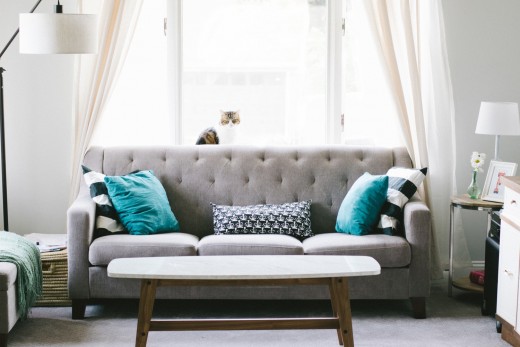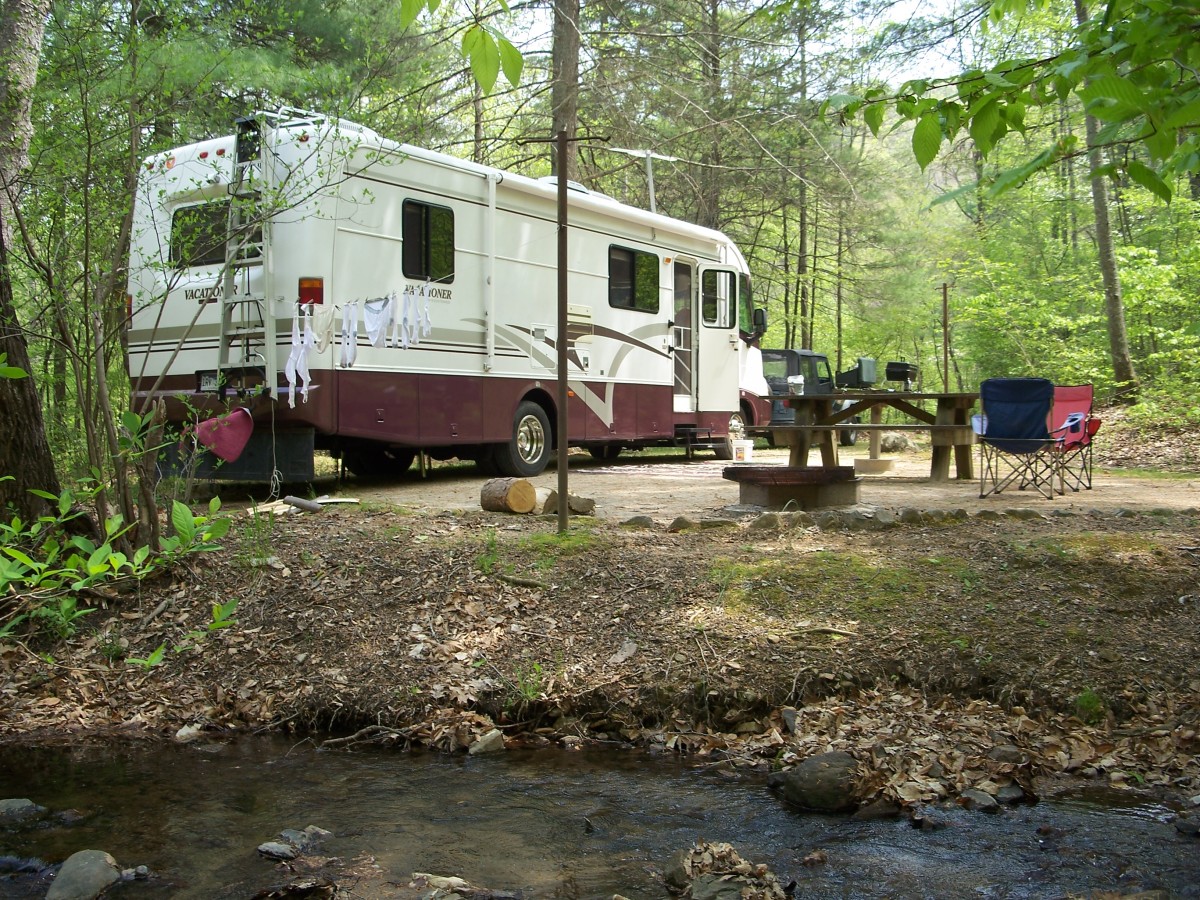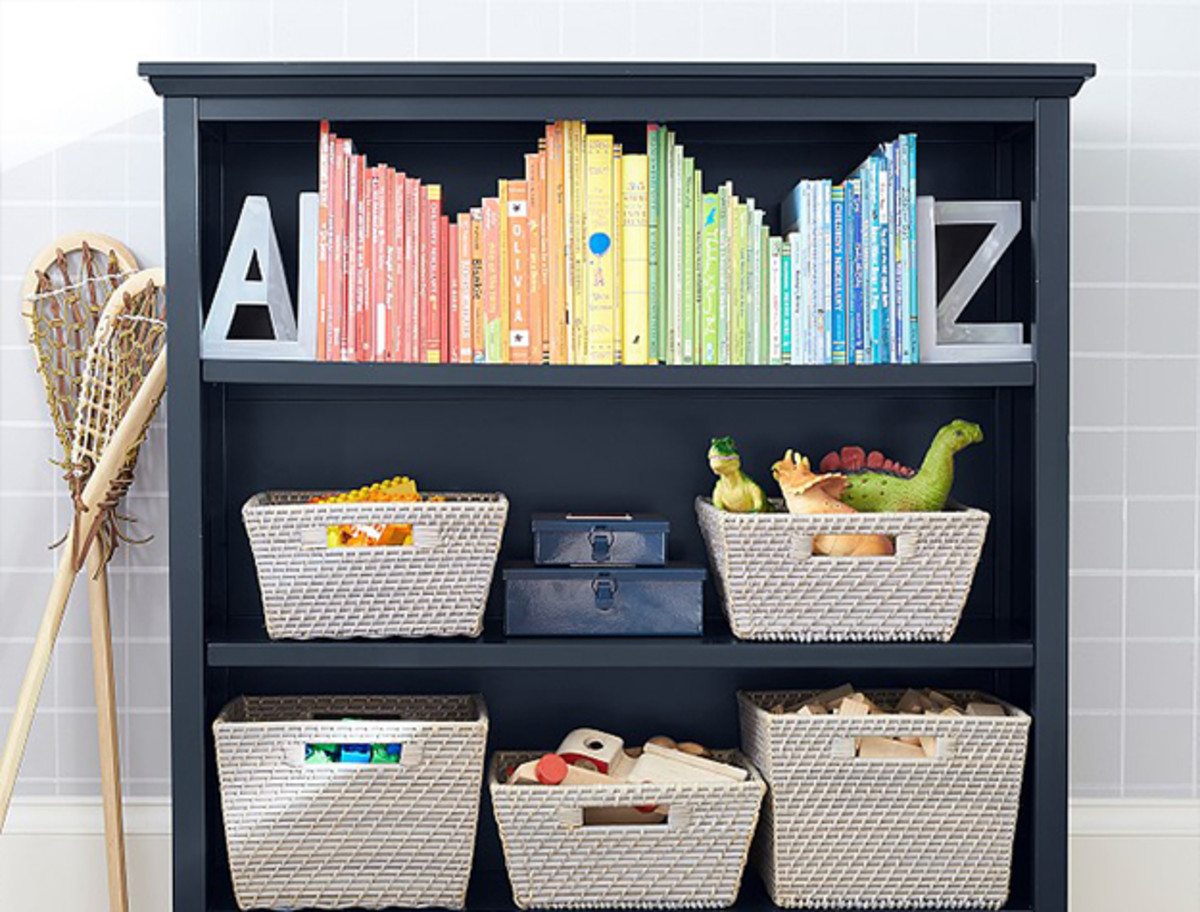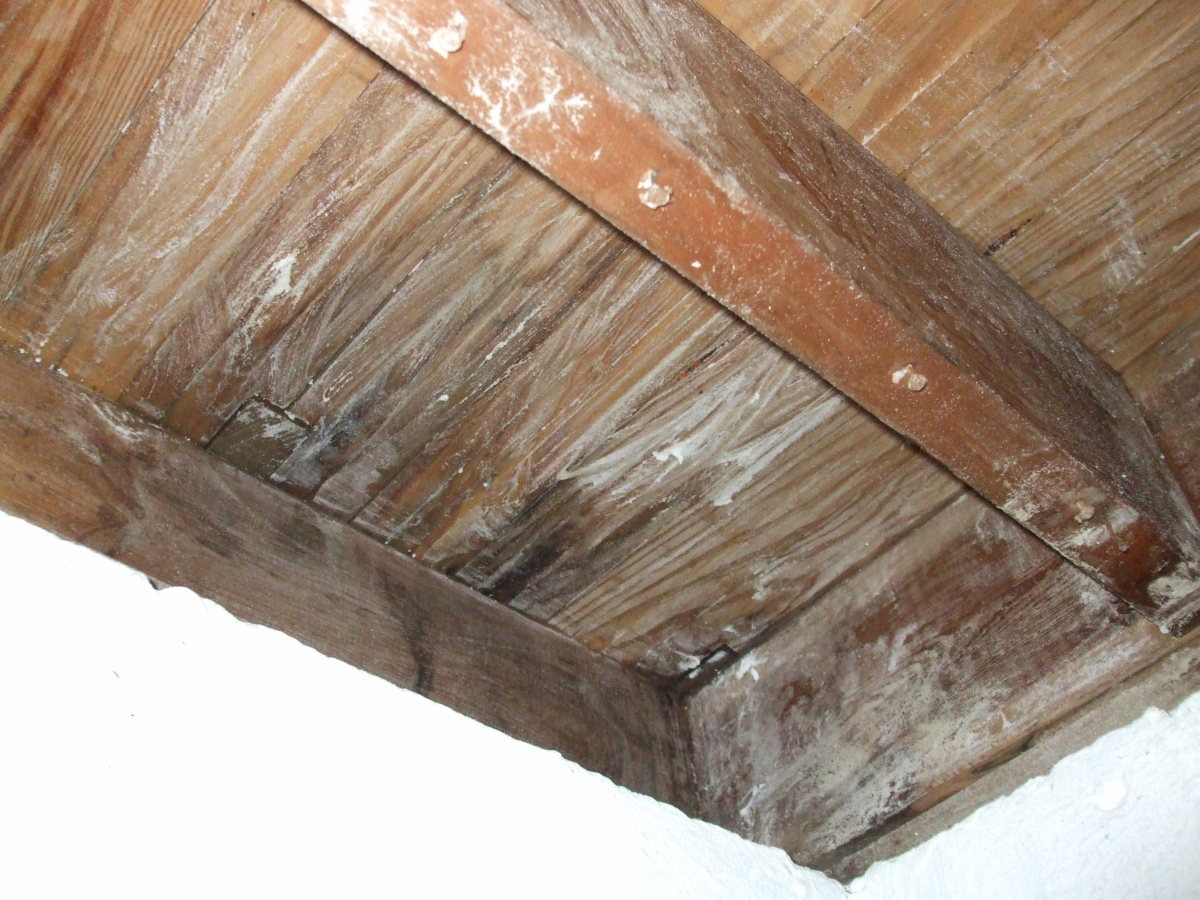Furniture Storage Tips - Preserve Your Possessions

Are You Moving, Downsizing or Have you Simply Accumulated too Much?
Over the years, it can be quite easy to accumulate a whole range of possessions and items in your home that you don’t use or need each day. This happens to many of us and it often doesn't present as an issue until you need to move house. Perhaps you’re moving overseas, downsizing or it could be that you're simply de-cluttering. Whatever the reason, instead of having these excess items take up valuable space or bothering you with the thought of moving them, long-term storage may be the answer.
We've put together some tips for you to consider when putting items into storage.
What Do You Have to Store?
You should first consider what you are planning to put in storage, whether it’s furniture, antiques, heirlooms or sporting equipment. Document a list and then consider how you can make sure your possessions are kept safe and good condition whilst in storage.
Repair Before Storing
Before moving or storing, assess your items to ensure that everything is in the best possible condition. Check parts that need to be repaired such as tightening hinges or screws, and fumigate where necessary. This is especially important if some items will be stacked on top of one another. Stacking items places more strain on certain areas so therefore should be protected accordingly.
Clean Everything Thoroughly
From cleaning furniture to cleaning rugs and the other items you’ll be storing, it's a good idea to clean everything thoroughly to keep the materials fresh. Dirt, grime and dust should be attended to, whilst fabric materials should be cleaned carefully and according to the manufacturer guidelines. Ensure all stains are removed along with any residual moisture to prevent the material from becoming damp, moldy and discolored. Dry cleaning can be a great way to prevent this as it uses minimal moisture compared with steam or water-based cleaning, which results in the ability to store items in less time.
Disassemble if You Need to
Store sofas, dining tables and cabinets as they are, however bed frames and other items should be disassembled allowing you to store them easily. This will also help with transportation.
Cover & Protect Your Furniture
Moving and storing furniture requires manual handling and maneuvering which unfortunately can result in damage. Therefore, use sheets or blankets to cover and protect your furniture.
Take extra care with fragile items. Use padded boxes, bubble wrap, towels and sheets for cushioning. Protecting your furniture and belongings helps prevent dents or scratches and ensures everything will remain in good condition when you unpack.
Align & Stack Everything with Care
When using a storage facility, have a clear picture of how everything will be stacked to help ensure their safety and to maximize the space used. Store bigger items like bed frames against the walls and place fragile items under tables to keep them protected.
Keep Some Space Around Items
Placing boxes and furniture on top of each other helps maximize the space, however ensure you don’t cram everything in too tightly. Where possible, keep some space between items to allow for air flow. This will help keep the space fresh and will reduce unpleasant smells when you eventually open everything up. It also helps with convenience, for times when you need to get something out of storage.
Speak with a Storage Company
Get in touch with a local storage facility that is close to you and discuss your requirements with one of their specialists. They’ll offer tailored advice and should have the experience and knowledge to ensure your belongings are properly stored in a way that suits you. You should also inspect the facility first and discuss things such as security, access and any other questions you may have.
Like many things, preparation is essential to ensure your possessions remain in the same condition that they entered the storage facility in. Furniture that is made from timber and metal are highly durable. Whereas soft furnishings including mattresses, rugs and couches absorb more air, and any dirt or bacteria left in the furniture before going into storage can result in mold and discoloration over time. This again highlights the importance of thorough cleaning.
Good luck!








